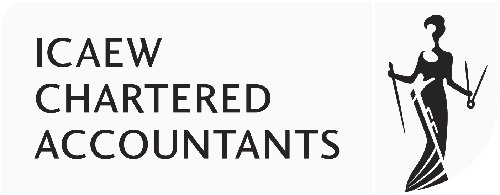UK and International Tax news
Anti Avoidance And Debt Buybacks
Wednesday 7th March 2012
On 27 February 2012 the Government issued draft legislation to counter arrangements under which a company sought to avoid the charge arising under the corporation tax rules on ‘deemed releases’ of loan relationships.
The draft legislation amends the rules in s.362 CTA 2009, and inserts a new s.363A CTA 2009. The amendment changes the way in which the deemed release in that section is calculated. The new s.363A CTA 2009 is a targeted anti-avoidance rule that provides that where arrangements are entered into that have the purpose of avoiding the deemed release provisions in s.361 and s.362 CTA 2009, those arrangements are to be treated as not having any effect, and the deemed release is therefore treated as arising. The draft legislation also inserts a retrospective provision countering particular arrangements between 1 December 2011 and 27 February 2012.
The corporation tax treatment of corporate debt provides that credits and debits brought into account for tax purposes on loan relationships are those that fairly represent the profits and losses recognised in accounts drawn up in accordance with generally accepted accounting practice. However, no credits or debits are to be brought into account for tax purposes in respect of the impairment or release of debt between connected companies.
Specifically, under s.358 CTA 2009, a debtor company is not required to bring into account a loan relationship credit in respect of a profit it recognises in its accounts where it is released from a debt that it owes to a connected creditor company, unless it is a ‘deemed release’ or a ‘release of relevant rights’, under s.361 or s.362 CTA 2009.
Under a scheme recently disclosed to HMRC by a UK bank under the DOTAS rules, a debtor company D seeks to buy back its issued debt that is trading at a discount to its issue price. The debt is acquired by an unconnected company C. In accordance with arrangements in place when the debt is acquired, C then becomes connected with D. S.361 does not apply in this case because D’s debt was not acquired by a connected creditor. S.362 does not apply because although the debt is held between companies that become connected, and C has acquired the debt at a discount, C has not impaired the debt. The debt is then released by C and under s. 358 CTA2009 there is no loan relationship credit in D.
The scheme frustrates the purpose of the deemed release rule in s.358 and circumvents the amendments made to s.361 CTA 2009 by FA2010, which aimed to block similar avoidance arrangements.
With effect from 27 February 2012 the Government has proposed a new s.363A will apply to block arrangements that have as their purpose the avoidance or reduction of the deemed release charge under s.361 or s.362. In such cases, s.363A will treat those arrangements as not having effect and the deemed release charge that would have arisen in the absence of the arrangements will be imposed in the debtor company.
In addition, the proposed legislation also makes retrospective provision for particular arrangements entered into between 1 December 2011 and 27 February 2012, where a company becomes party to a loan relationship as creditor and then becomes connected to the debtor. In such a case, s.361 would not normally apply because the creditor company was not connected to the debtor company at the time it acquired the debt. The retrospective provision treats s.361 as applying.
Contact Us


